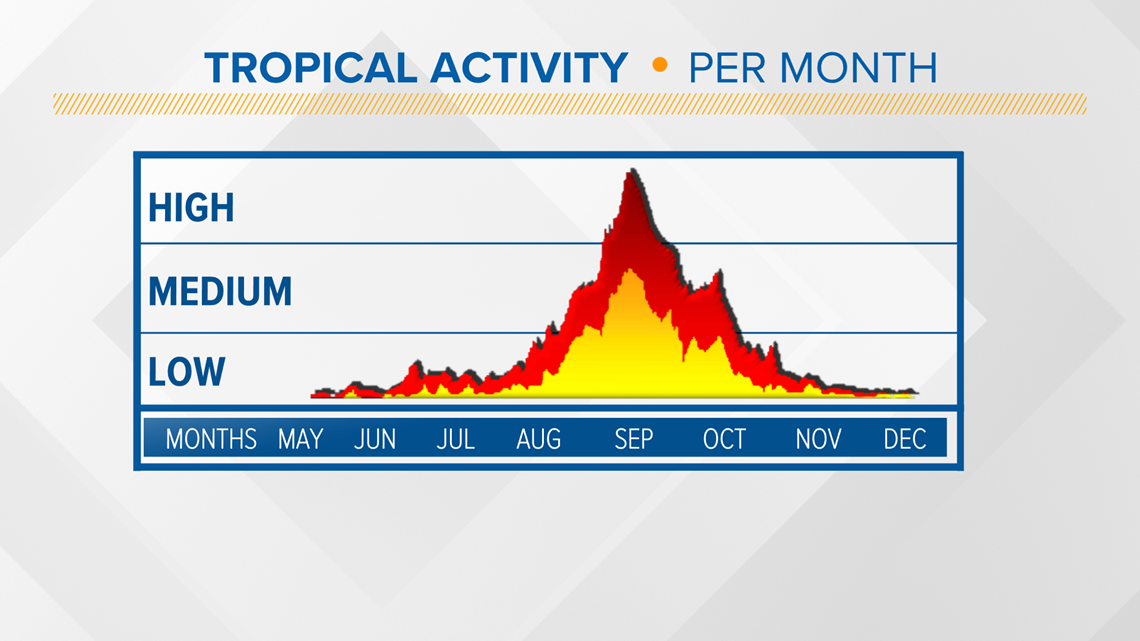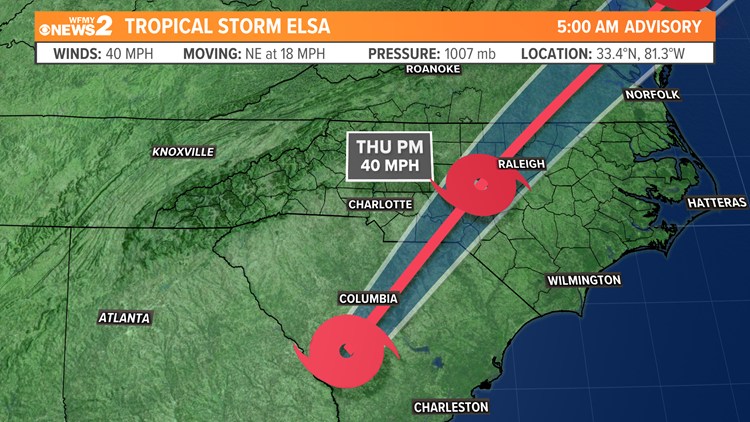GREENSBORO, N.C. — Elsa is in the Carolinas now. By late Thursday afternoon, it'll be moving out of North Carolina. The WFMY News 2 Weather team is tracking it for you 24/7.
LATEST POSITION, WINDS, STATS:
At 2 PM Thursday afternoon, Elsa's center was about 25 miles SW of Raleigh, NC. It's still a tropical storm with 45 mph winds, moving NE at 20 mph.

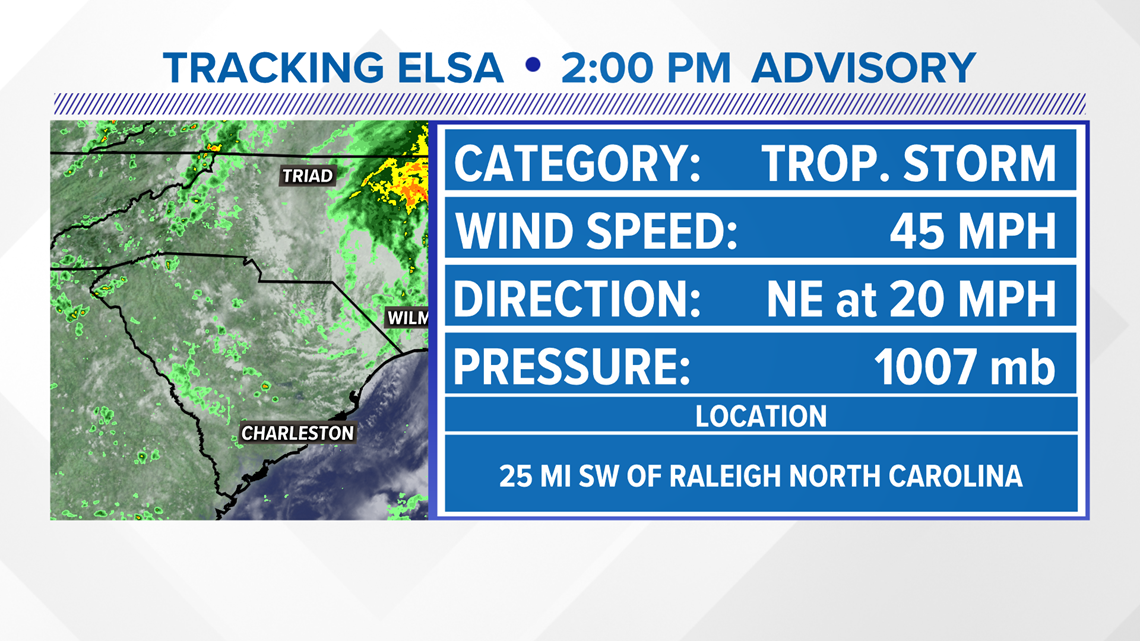
Elsa continues to maintain status as a tropical storm but will soon take an extratropical transition.
STORM WATCHES AND WARNINGS:

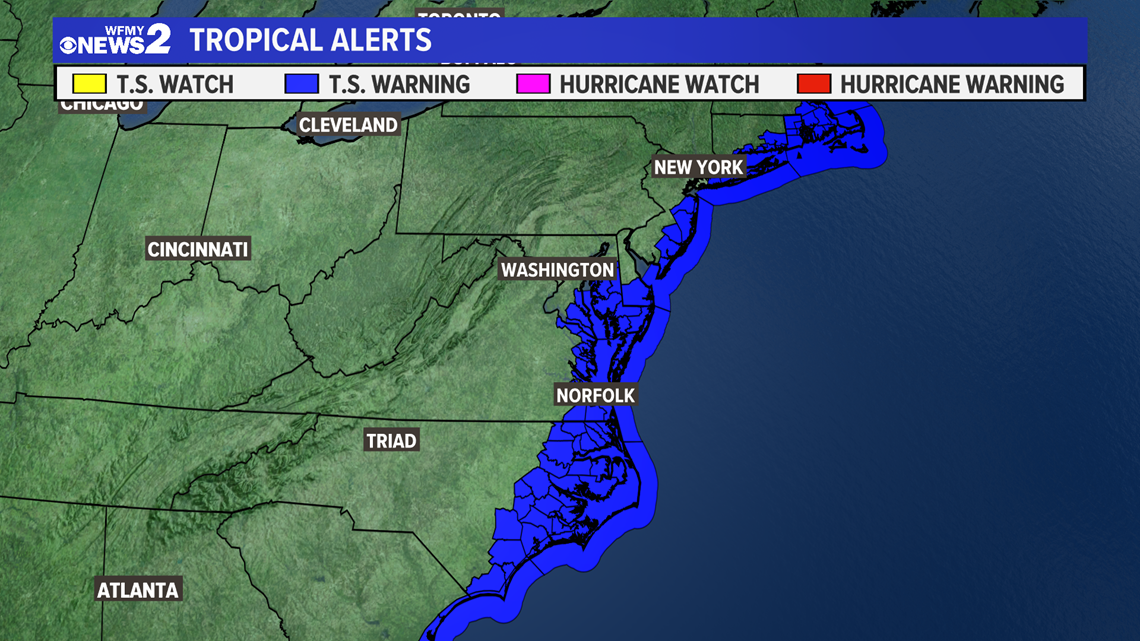
Tropical Storm warnings are in effect for coastal North Carolina, eastern North Carolina and coastal communities extending as far north as Massachusetts. There are no tropical storm warnings for the Triad area.
WHAT'S THE LATEST TRACK:
It looks likely that the center of the storm will soon pass over the Triangle an then exit the state. Much of our potential weather hazards are continuing to lower as we go through tonight as much of the activity will stay well to our east.


As of now, those in the Triad area should plan on periods of light rain with an occasional pop-up shower or storm to cross tonight, but much of the activity is coming to an end for what the Triad could see related to Elsa.
HOW MUCH RAIN:
Rain totals have varied across our Piedmont-Triad area. In general, higher totals were to the east of Greensboro as expected and lower totals were to the west of Greensboro.

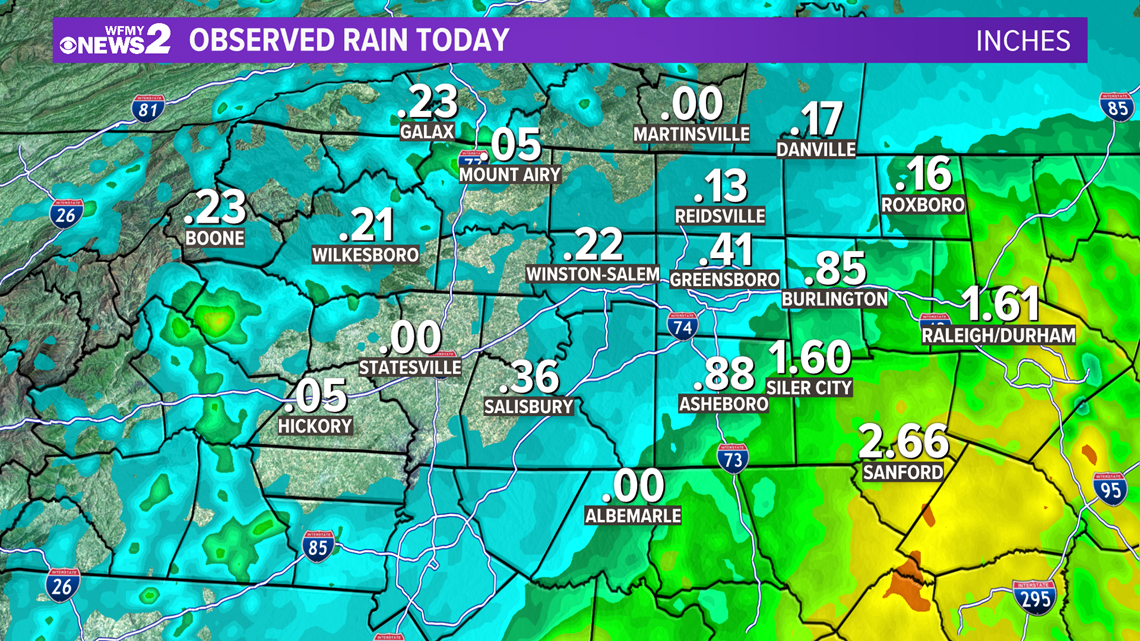
Overall, there were no reports of flooding across the Triad. Across the Carolinas, there were not many storm reports. Majority of storm reports were tropical storm related with reference to some stronger wind gusts at times.

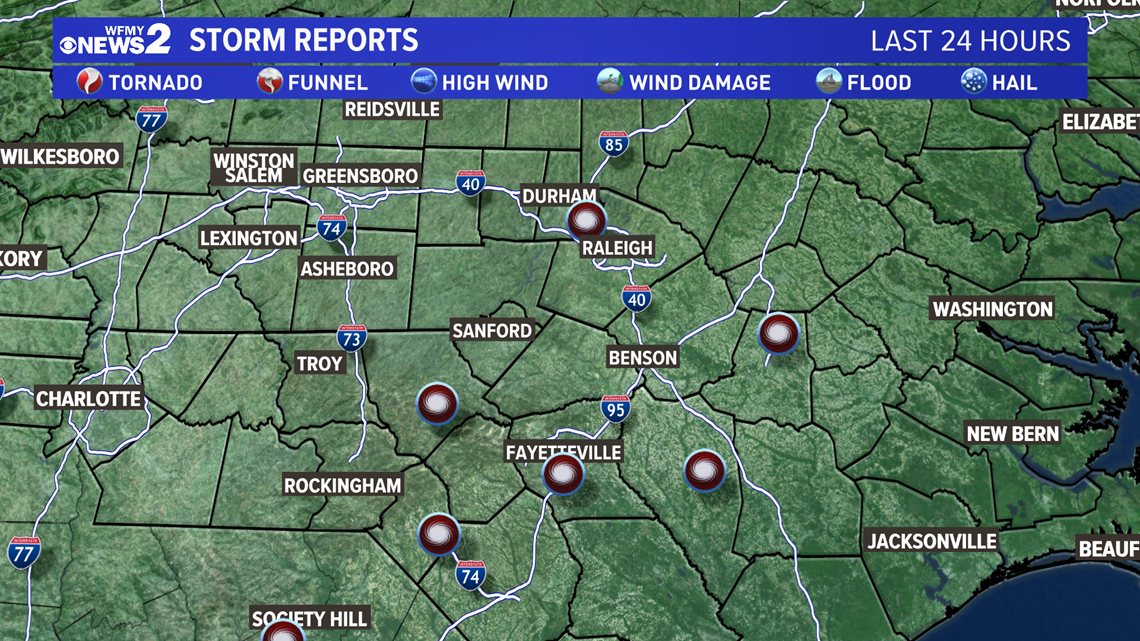
TORNADO POTENTIAL:

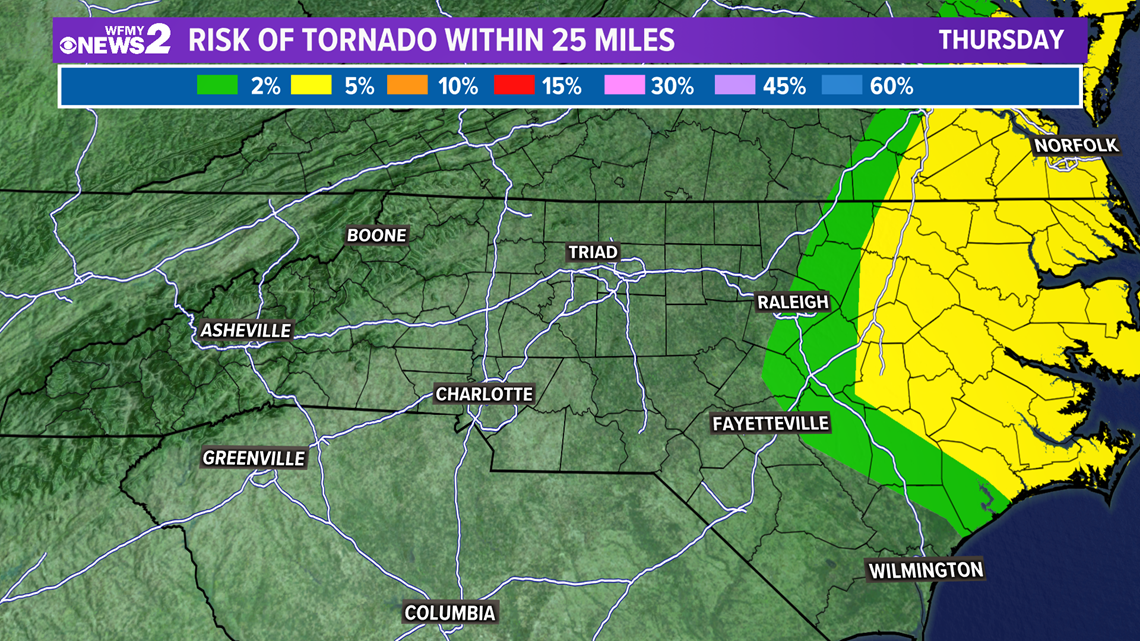
There is still a risk for tornadoes in North Carolina for today, but it has shifted more northeastern. The tornado risk in the Piedmont-Triad area is very low but, we'll still keep an eye on it, just due to the general rotation motion of the tropical system.
Elsa is the earliest fifth (or E) named storm on record now, breaking a record that was just set last year, in 2020, with Edouard which was named a tropical storm in 2020 on July 6.


Hurricane seasons are notorious for producing tropical systems that emerge off the west coast of Africa as tropical waves; however, this time of year, most of the activity is generally confined to development in the Gulf of Mexico and just off of the southeastern coast.

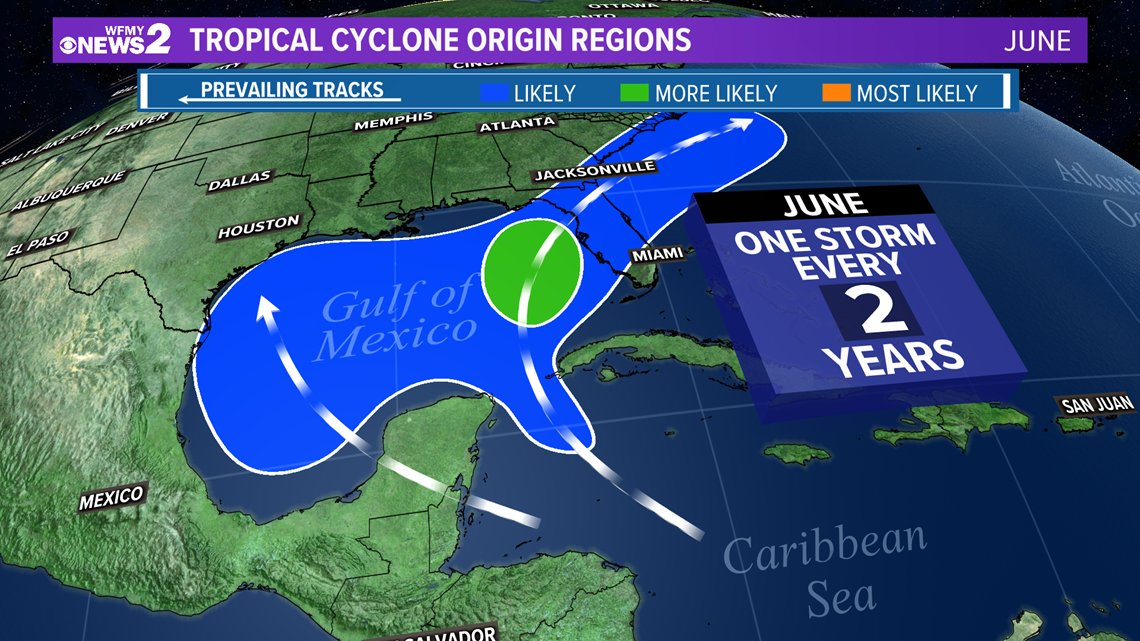
Historically, tropical activity peaks in early September. Hurricane season officially ends on November 30.

